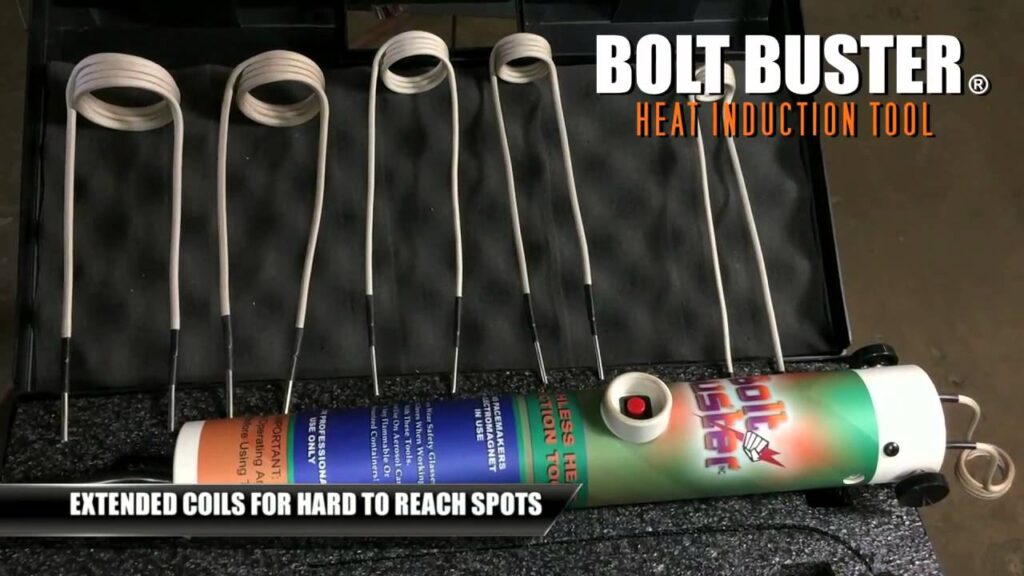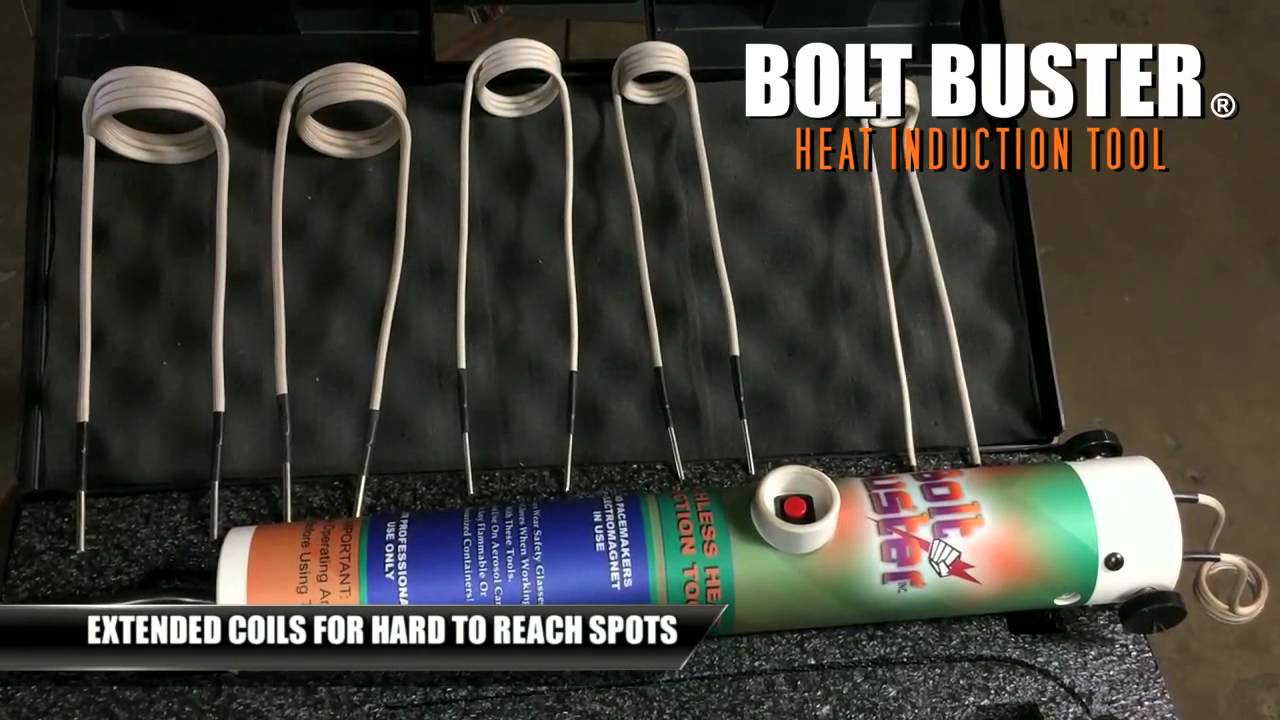
Unlocking the Stuck: The Ultimate Guide to Rusty Bolt Removers
Dealing with a rusty bolt can be one of the most frustrating experiences for any DIY enthusiast, mechanic, or construction worker. What starts as a simple task can quickly escalate into a time-consuming battle against corrosion and seized threads. The good news is that numerous solutions exist to combat this problem, ranging from simple household remedies to specialized chemical compounds. This guide dives deep into the world of rusty bolt removers, exploring different types, application methods, and preventative measures to ensure you never have to struggle with a rusty bolt again.
Understanding the Enemy: Rust Formation
Before we delve into the solutions, it’s crucial to understand the root cause: rust. Rust, scientifically known as iron oxide, forms when iron or steel is exposed to oxygen and moisture. This electrochemical process weakens the metal, causing it to expand and seize within threaded connections. The resulting bond can be incredibly strong, making removal incredibly difficult. Ignoring rusty bolts can lead to structural weakness in machinery, vehicles, and buildings. Therefore, effectively addressing rust is not just about convenience; it’s about safety and longevity.
The Arsenal: Types of Rusty Bolt Removers
The market offers a diverse range of rusty bolt removers, each with its own strengths and weaknesses. Understanding these differences is key to choosing the right tool for the job.
Penetrating Oils
Penetrating oils are the most common and versatile type of rusty bolt remover. These oils are designed to seep into the tight spaces between the bolt and the nut, breaking down the rust and lubricating the threads. Some popular options include:
- WD-40 Specialist Penetrant: A widely recognized brand known for its quick penetration and rust-loosening capabilities.
- PB Blaster: A favorite among mechanics, PB Blaster is known for its strong solvent action and effectiveness on heavily rusted bolts.
- Liquid Wrench: Another trusted brand that combines penetrating oil with rust inhibitors to prevent further corrosion.
When using penetrating oil, it’s crucial to allow sufficient time for it to work. Apply generously and let it soak for at least 15-30 minutes, or even overnight for severely rusted bolts. Tapping the bolt lightly with a hammer can also help the oil penetrate deeper. [See also: Best Practices for Rust Prevention]
Heat Application
Applying heat can be an effective way to loosen rusty bolts. Heat causes the metal to expand, which can break the bond between the rust and the threads. A propane torch or heat gun can be used for this purpose. However, caution is advised, as excessive heat can damage the surrounding materials or even create a fire hazard. It’s important to use heat sparingly and focus it directly on the bolt and nut. After heating, allow the bolt to cool slightly before attempting to remove it, as rapid cooling can further weaken the metal.
Impact Tools
Impact tools, such as impact wrenches and impact drivers, deliver powerful rotational force that can break the grip of rust. These tools are particularly useful for stubborn rusty bolts that resist other methods. When using impact tools, it’s important to select the correct socket size to prevent rounding off the bolt head. Also, use short bursts of impact rather than continuous pressure, as this can help prevent damage to the threads.
Manual Force and Leverage
Sometimes, simple brute force is required to remove a rusty bolt. Using a wrench with a long handle can provide extra leverage. A breaker bar is specifically designed for this purpose, offering maximum torque with minimal effort. When applying manual force, it’s crucial to maintain a steady and controlled motion to avoid stripping the bolt head or breaking the bolt. If the bolt still resists, consider combining manual force with other methods, such as penetrating oil or heat.
Chemical Rust Removers
For heavily rusted components, chemical rust removers can be a viable option. These solutions typically contain acids or chelating agents that dissolve rust. Parts can be soaked in these solutions or the solution can be applied directly to the rusty bolt. Always follow the manufacturer’s instructions carefully and wear appropriate safety gear, such as gloves and eye protection, when handling chemical rust removers. After using a chemical rust remover, thoroughly rinse the treated area with water to remove any residue. [See also: Safety Precautions When Working with Chemicals]
DIY Solutions
In some cases, you can create your own rusty bolt remover using common household ingredients. Some popular DIY solutions include:
- Vinegar: Acetic acid in vinegar can dissolve rust. Soak the rusty bolt in vinegar for several hours or overnight.
- Baking Soda Paste: Mix baking soda with water to create a paste and apply it to the rusty bolt. Let it sit for a few hours before scrubbing it off.
- Lemon Juice: Citric acid in lemon juice can also dissolve rust. Apply lemon juice to the rusty bolt and let it sit for a few hours before scrubbing it off.
- Coca-Cola: The phosphoric acid in Coca-Cola can help dissolve rust. Soak the rusty bolt in Coca-Cola for several hours.
While DIY solutions may not be as potent as commercial products, they can be effective for light rust removal and are a cost-effective alternative.
Preventative Measures: Stopping Rust Before It Starts
The best way to deal with rusty bolts is to prevent rust from forming in the first place. Several preventative measures can be taken to minimize the risk of corrosion:
- Apply Protective Coatings: Applying a protective coating, such as paint, grease, or anti-seize compound, can create a barrier between the metal and the environment.
- Use Stainless Steel Fasteners: Stainless steel is highly resistant to corrosion and is an excellent choice for applications where rust is a concern.
- Store Tools and Equipment Properly: Storing tools and equipment in a dry, well-ventilated area can prevent moisture from accumulating and causing rust.
- Regular Maintenance: Regularly inspect and maintain metal components to identify and address any signs of rust early on.
Step-by-Step Guide: Removing a Rusty Bolt
Here’s a step-by-step guide to removing a rusty bolt:
- Assess the Situation: Evaluate the extent of the rust and determine the appropriate removal method.
- Apply Penetrating Oil: Generously apply penetrating oil to the rusty bolt and let it soak for at least 15-30 minutes.
- Tap the Bolt: Lightly tap the bolt with a hammer to help the oil penetrate deeper.
- Apply Heat (Optional): If the bolt is severely rusted, apply heat using a propane torch or heat gun.
- Use an Impact Tool (Optional): If available, use an impact wrench or impact driver to loosen the bolt.
- Apply Manual Force: Use a wrench with a long handle or a breaker bar to apply steady and controlled force.
- Repeat as Needed: Repeat the above steps as needed until the bolt is loosened.
- Remove the Bolt: Once the bolt is loosened, carefully remove it from the threaded connection.
- Clean the Threads: Clean the threads of both the bolt and the nut using a wire brush or thread chaser.
- Apply Anti-Seize Compound: Apply anti-seize compound to the threads before reassembling to prevent future rust.
Troubleshooting Common Problems
Despite your best efforts, you may encounter some common problems when removing rusty bolts:
- Stripped Bolt Head: If the bolt head becomes stripped, use a bolt extractor or a locking pliers to grip the bolt.
- Broken Bolt: If the bolt breaks, use a bolt extractor or drill out the broken bolt.
- Seized Nut: If the nut is seized, use a nut splitter to break it apart.
Conclusion: Mastering the Art of Rusty Bolt Removal
Dealing with rusty bolts can be challenging, but with the right tools and techniques, you can overcome even the most stubborn cases of corrosion. By understanding the causes of rust, choosing the appropriate removal method, and taking preventative measures, you can save time, money, and frustration. Remember to always prioritize safety and use appropriate protective gear when working with tools and chemicals. With this guide in hand, you’re well-equipped to tackle any rusty bolt that comes your way. The key to success is patience, persistence, and a willingness to try different approaches until you find the one that works best. So, go forth and conquer those rusty bolts!

